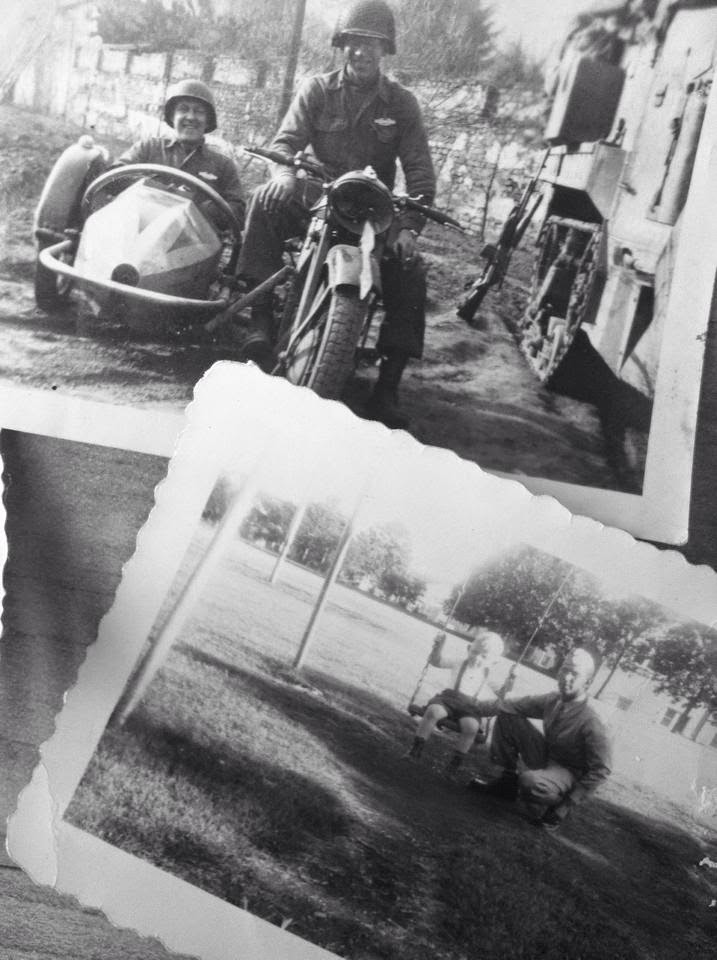But Jesus called them unto him, and said, Suffer little children to come unto me, and forbid them not: for of such is the kingdom of God.
--Luke 18:16
 |
| waiting for service to begin |
Easter Sunday came bright and beautiful to my town this year. The service was everything I'd hope an Easter service to be. But for me, the highlight of Easter Sunday came at the end of the service when--as a member of the prayer team--I had the privilege of praying with a young lady who responded to the altar call.
Her parents brought her forward, along with her four-year-old brother. She was six herself, something I learned as I knelt down to engage her face-to-face. I asked her name and her age, and that was when the little miracle happened--the little miracle that seemed so natural to her that she didn't even take note of it, and so neither did I, although I continue to ponder the wonder of it in my heart.
"A--," she answered.
"And how old are you, A--?"
"I'm six and a half."
I smiled. "You know, I was just about your age when I invited Jesus into my heart, too," I commented.
"Yes, you were five," she said matter-of-factly.
And there it was.
She knew what she couldn't possibly know, but wasn't the least bit surprised at knowing it.
Such is the way of children.
So we prayed for her heart and honored this moment when she purposely invited Christ to make a home there.
Then, her little brother tapped me on the shoulder. He wanted a prayer, too. He wasn't quite sure why. Not until I saw this picture did I realize she had her hand on his little head. Some part of her--probably the same part that perceived and communed with my own childhood moment of re-creation-- that part knew to pass on what she'd received only moments prior herself, and to pass it on in the only way she knew how...with a touch and a prayer.











